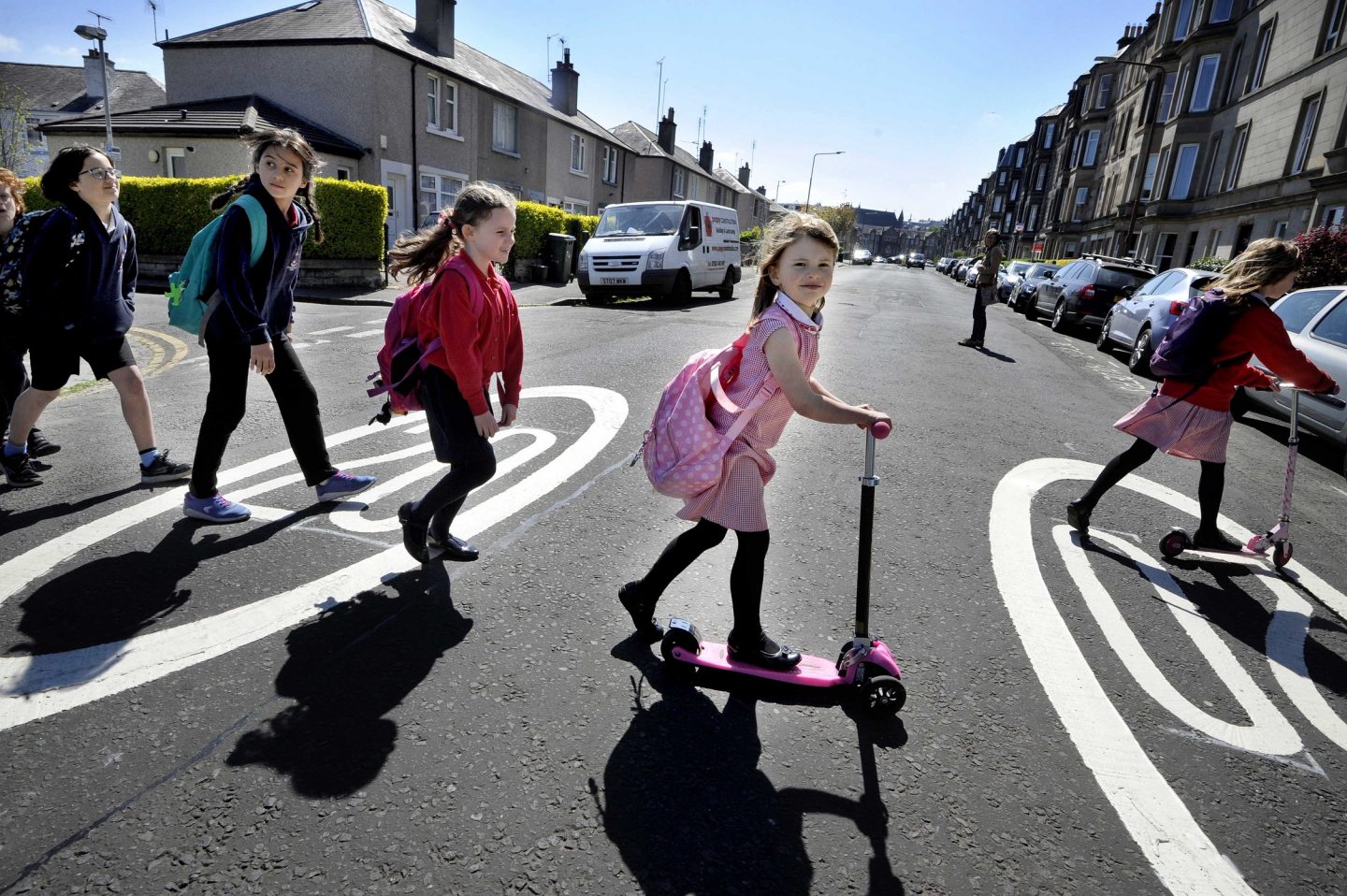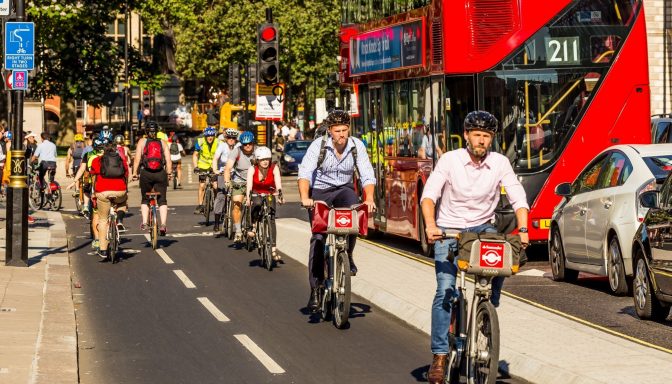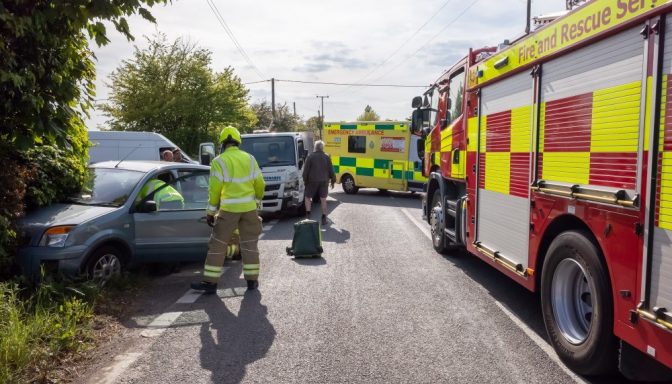In January this year we saw a series of changes introduced to make our roads safer. Living Streets supported the changes when the Government launched its consultation on the proposals in 2020 and over 5,000 of our supporters backed our campaign to make walking number one.
One of the most significant things to be introduced was a hierarchy of road users, ensuring that road users who can do the greatest harm have the greatest responsibility to reduce the danger or threat they may pose others. This would implicitly make people walking the number one priority. We also called for – and won - an amendment to give stronger priorities for pedestrians, introducing a new obligation for drivers to give way to pedestrians waiting to cross at junctions (side roads) or zebra crossings.
Safety on our roads should start with education at a young age. When children are encouraged to walk everyday journeys, they learn key road safety skills, with research showing that children who walk to school have greater spatial awareness and understanding of the risks posed by traffic [1].
Walking these journeys also benefits families’ health – but many parents tell us they are put off walking their children to school because of how unsafe roads outside schools can feel. This can result in a catch-22, where parents drive their children because they think it is safer but in doing so end up contributing to road danger outside the school gates. This is part of the reason why we are so supportive of School Streets, which open the streets outside schools to people and close them off to cars at drop off and pick up times – making the roads much safer.
A lack of safe crossings can also put parents off walking their children to school. Pedestrian crossings are integral to walking networks for people of all ages; the absence of safe places to cross the road limits walking journeys and can have a significant impact on independent mobility. Yet there is work to be done to ensure they are accessible, available and set up correctly for everyone. Lengthy waiting times can mean people risk their safety to cross without a green man; not enough time to cross can put those who are less agile in danger; and not enough crossings can force people into the carriageway and into dangerous situations. Living Streets continues to campaign for safer crossings, you can find out more about our crossings campaign on our website. Here you can also join up to become a member and help us make streets safer and better for everyone.
Living Streets was set up in 1929 to help roads become safer places for everyone, especially pedestrians. www.livingstreets.org.uk
Tanya Braun
Director of Policy and Communications, Living Streets
Tanya joined Living Streets in 2015 with a background in journalism and PR. She has overall responsibility for Living Streets’ policy, campaigns, public affairs, communications and marketing activity.
1. Mackett et al. (2007) Children's independent movement in the local environment. Built Environment 33(4):454-468. DOI:10.2148/benv.33.4.454



